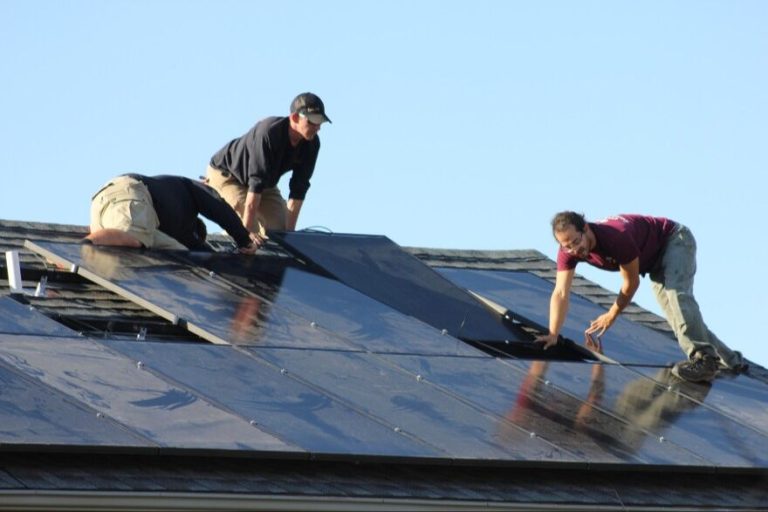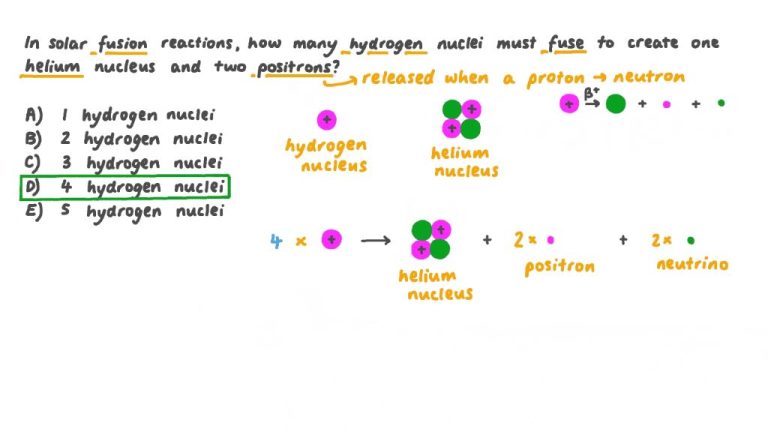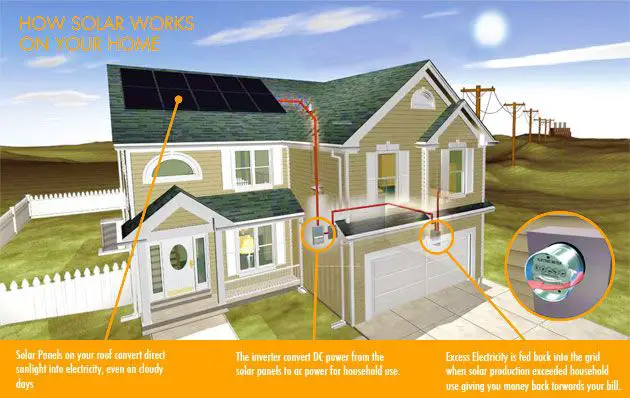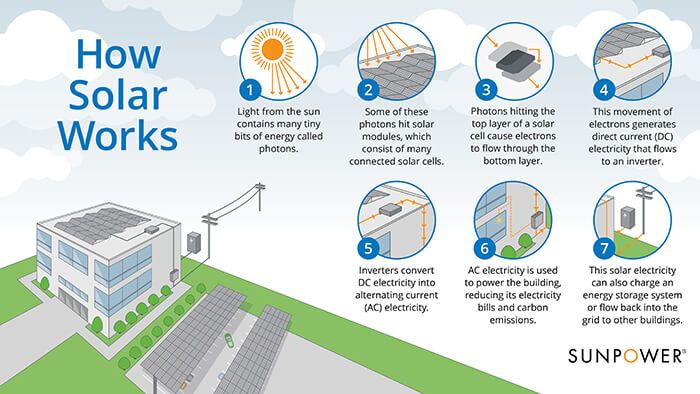How Many Hours A Day Do Solar Panels Need?
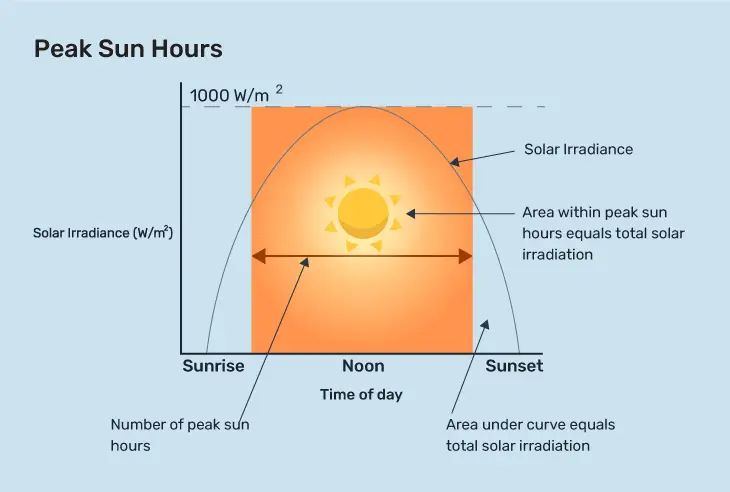
Solar panels are devices that convert sunlight into electricity using the photovoltaic effect. They are an increasingly popular source of renewable energy for homes and businesses. The purpose of this article is to explain how many hours per day solar panels need direct sunlight in order to function effectively. There are several key factors that determine how much usable sunlight solar panels receive, including location, angle, daily weather and obstructions, daily energy needs, and time of year. By understanding how these variables affect the productivity of solar panels, homeowners can determine how many hours their system realistically needs.
Solar panels work by absorbing photons from sunlight and using them to generate a flow of electrons in the semiconductor material. The solar cells are wired together into solar panels that can be mounted on rooftops or ground mounts. The key factors that affect how many hours of sunlight they need are their efficiency, orientation, geographic location, weather conditions, and energy requirements of the home (Introduction to solar panels).
Hours of Peak Sunlight
Peak sunlight hours refer to the maximum number of hours per day when solar irradiance (solar power per unit area) is at its maximum. This is when solar panels can generate the most electricity. The number of peak sunlight hours depends on several factors:
In the contiguous United States, the amount of peak sunlight hours ranges from 3.5 to 6.5 hours per day depending on location and time of year. Southern states like Texas and Arizona average around 5-6 peak sunlight hours per day, while northern states like Maine and Washington average 3-4 hours [1]. Peak sunlight hours are greater in the summer months and lower in the winter.
Regions closer to the equator generally receive more peak sunlight hours. Solar irradiance depends on the sun’s position in the sky, which is higher in summer than winter. Weather conditions like cloud cover can also reduce peak sunlight hours in a given location [2].
Overall, a typical one-story home solar system in the U.S. receives 4-5 hours of peak sunlight per day on average. Tracking systems that follow the sun’s path across the sky can increase peak sunlight exposure.
Solar Panel Efficiency
Solar panel efficiency refers to the percentage of sunlight that is converted into electricity. This percentage determines how much power a solar panel can produce. According to Palmetto, the average solar panel efficiency in 2023 ranges from 15% to 20%. Highly efficient solar panels used in utility-scale solar farms can reach up to 22%.
Higher efficiency solar panels will produce more electricity from the same amount of sunlight compared to lower efficiency panels. For example, a 300W solar panel with 18% efficiency will produce 54W per square meter (300W / 18% / 1.6 m^2 panel size). A less efficient 250W panel at 15% efficiency will only produce about 41W per square meter of sunlight (250W / 15% / 1.6 m^2).
So when looking to power your home with solar panels, higher efficiency models allow you to produce the same amount of electricity with fewer panels, reducing costs. However, higher efficiency panels are generally more expensive per watt. So installers must balance efficiency and cost when designing a solar array.
Orientation and Angle
The orientation and angle of solar panels has a significant impact on their energy production. Panels that directly face the sun, without any shading or obstructions, will produce the most energy. According to research, the optimal orientation is true south in the northern hemisphere and true north in the southern hemisphere. This allows the panels to receive the most direct sunlight over the course of a day.1
Tilting solar panels at an angle also increases energy production. The ideal tilt angle depends on the latitude, but tilting at an angle equal to the latitude is a good rule of thumb. At higher latitudes, increasing the tilt angle slightly can optimize energy output by capturing more sunlight in the winter. However, tilting the panels too far can reduce energy in the summer when the sun is higher in the sky.2
With optimal orientation and tilt, solar panels can receive the most exposure to direct sunlight and maximize their energy production throughout the year.
Weather and Obstructions
Weather conditions and environmental obstructions impact how much sun reaches solar panels. Overcast and cloudy days result in less direct sunlight compared to clear, sunny days. According to SolarUnion, “On average, solar panels operate at 15% less efficiency on cloudy days versus sunny days” (source). Solar panel systems are designed to tolerate some fluctuations in sunlight availability from weather, but persistent cloudy periods will result in decreased energy production.
Trees, buildings, and other obstructions can also block sunlight from reaching solar panels if they shade parts of the array. Even a partially shaded solar panel can dramatically reduce system output, so it’s important to minimize shading from nearby objects. Proper solar panel placement and orientation on rooftops and open land can help reduce obstruction from the surrounding environment. Overall, weather and obstructions reduce how much sunlight solar panels receive, lowering energy production.
Location and Seasons
The amount of sunlight solar panels receive varies significantly based on geographic location and seasonal changes. Areas closer to the equator generally receive more sunlight year-round compared to northern or southern latitudes. According to The Impact of Seasonal Variations on Solar Panel Efficiency, during the winter solstice, solar panels at far northern latitudes may only get 4-6 hours of usable sunlight per day, while solar panels at the equator will still receive 10-12 hours of sunlight.
Seasonal changes also have a major effect. In the summer months, daylight hours are longer, allowing solar panels to produce energy for more hours. The sun is also more directly overhead, increasing the intensity of sunlight. In contrast, daylight hours in the winter are shorter. The sun sits lower in the sky, spreading out the sunlight over a larger area and reducing intensity. For example, according to How Does Solar Panel Performance Vary by Season?, solar panels may produce 50-80% less energy in the winter than summer for many locations.
Ultimately, geographic location and seasonal changes significantly affect the sunlight hours solar panels receive, which directly impacts energy production. Sites closer to the equator with year-round sunlight will produce the most solar energy.
Daily Energy Needs
The average home in the United States uses about 30 kWh of electricity per day, though energy needs can vary significantly based on factors like home size, appliances, climate control needs, and number of occupants [1]. To meet these energy needs solely with solar panels requires enough sunlight exposure over the course of a day.
Exact sunlight needs depends on the solar panel system size and efficiency. As a rough estimate, most homes would need about 4-8 hours of good sunlight per day to meet 100% of energy needs from solar panels. Those in sunnier climates may need less time, while homes in cloudier areas may need more sunlight hours. Understanding your specific home’s energy use and solar resource can help determine ideal system sizing.
Recommendations
To get the maximum energy production from your solar panels, the optimal setup is to position them facing true south with a tilt angle equal to your latitude. However, small variations from this ideal setup will only lead to minor energy losses. According to Energysage, panels facing anywhere between southeast and southwest, at tilt angles from latitude minus 15 to latitude plus 15 degrees, will still capture at least 95% of the available sunlight.
Some factors that influence the optimal solar panel setup include location, roof direction, and local climate and weather patterns. Using satellite imagery and solar assessment tools, solar installers can provide site-specific recommendations for positioning solar panels on your roof to maximize sunshine exposure.
In general, it’s best to avoid shading from nearby trees or buildings as much as possible. Panels can be spaced apart or set on tilt mounts to minimize shading effects while maximizing total energy production across the system. Proper maintenance like cleaning panels regularly will also improve their efficiency over time.
Maintenance
Proper maintenance of solar panels is crucial for preserving their efficiency and performance over time. Even though solar panels are quite durable, it’s important to perform regular inspections, cleaning, and upkeep to maximize their output.
According to an article by All About Energy Solutions, solar panels should be visually inspected at least once a year for any cracks, defects, or damage that could degrade their performance. It’s also recommended to check electrical connections to make sure they are tight and corrosion-free. Tree branches or other obstructions that cast shadows on the panels should be trimmed back as well.
In addition to inspections, periodically washing solar panels is an essential maintenance task. Solar panels can accumulate dust, dirt, pollen, and other debris over time that block sunlight from reaching the cells. An article by Energy5 notes that washing panels every few months can restore much of the energy production that was lost from soiling. Using a soft brush and mild, eco-friendly cleaner is ideal for removing buildup without damaging the equipment.
Doing preventative maintenance checks and cleaning on a regular basis allows solar panels to operate at their rated capacity over their full lifespan of 20-30 years. Maintaining peak efficiency reduces the cost per kilowatt of solar energy generated and provides the greatest return on investment from a solar installation.
Conclusion
In conclusion, the number of hours per day solar panels need direct sunlight depends on several factors. Based on typical solar panel efficiency ratings, most homeowners need around 5-6 hours of direct sunlight per day for their panels to generate sufficient electricity to meet their home’s energy needs. This number can vary based on your location, the season, orientation and tilt of the panels, and any obstructions that may partially shade the system. With full sun exposure, solar panels are capable of producing electricity for 8 or more hours per day at peak performance. Careful consideration should be given to these variables when determining if solar panels are right for your home and planning the system design to maximize sunlight capture. With proper siting and angles, most properly-sized residential solar panel systems can harness enough sunlight hours to make solar power a worthwhile investment.

